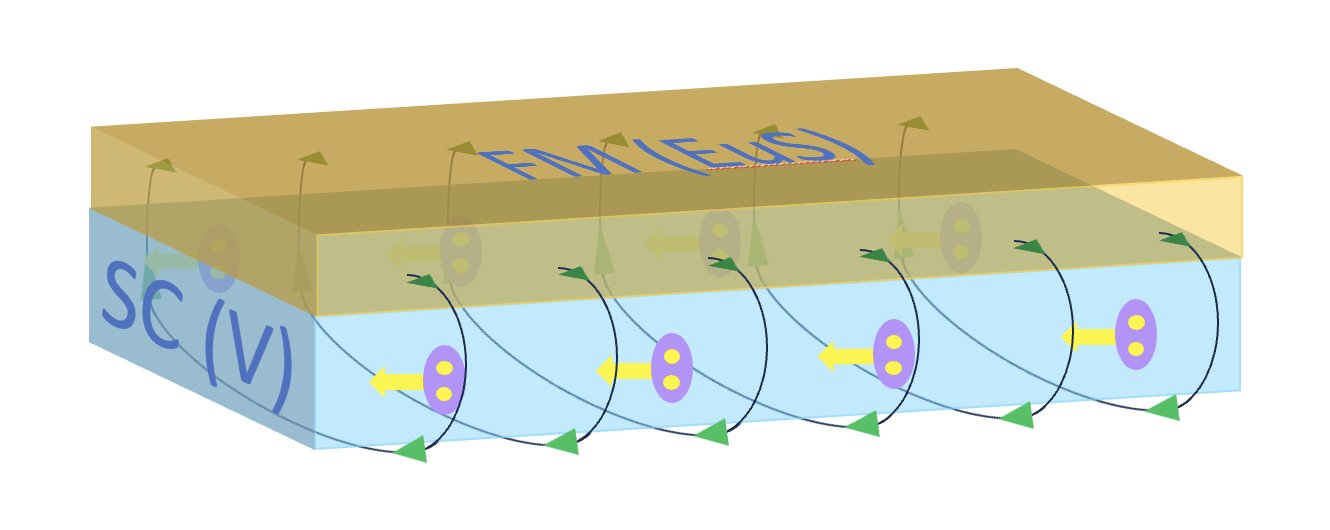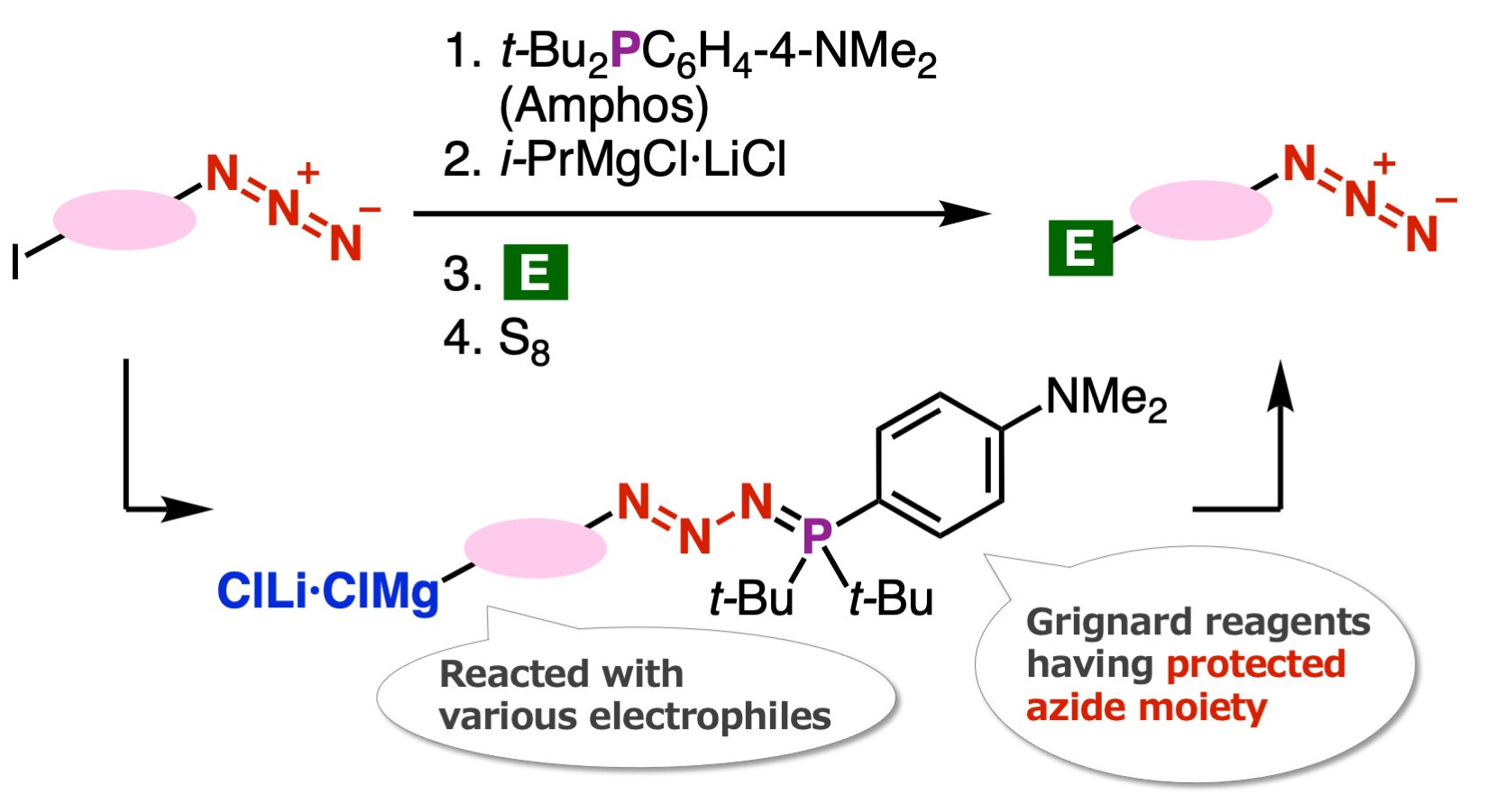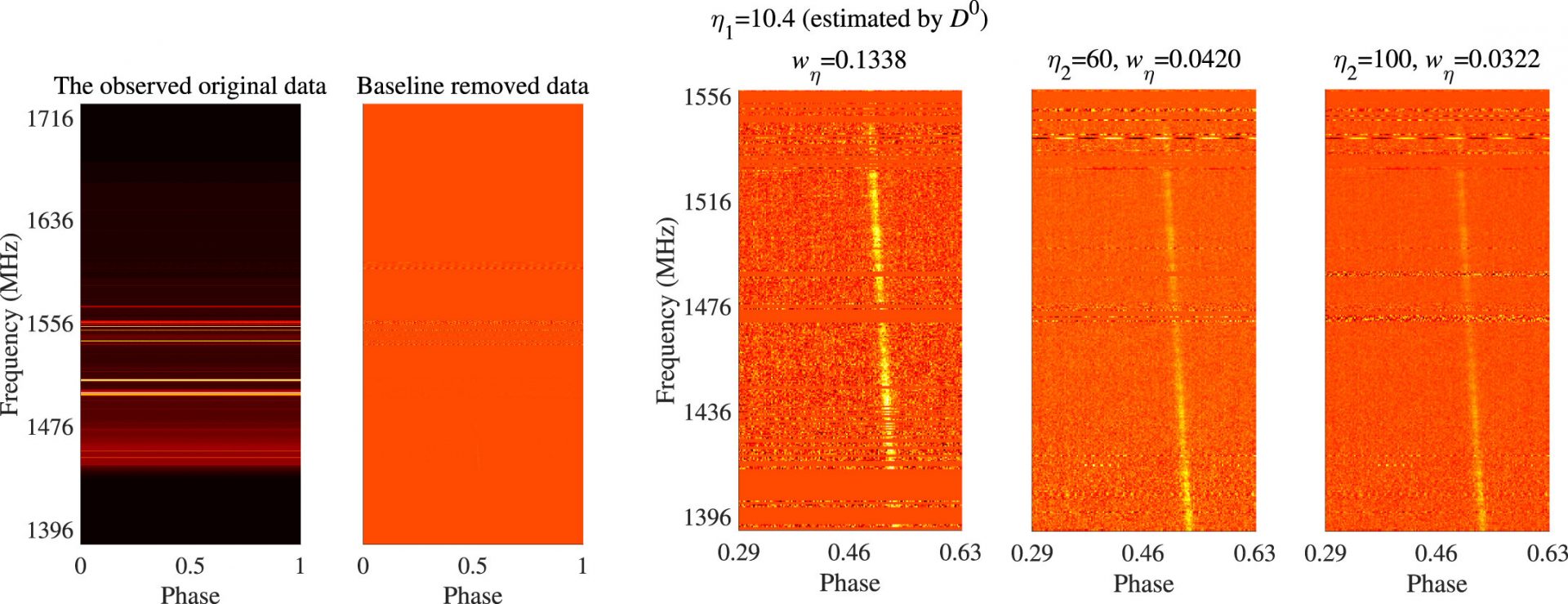The superconducting (SC) diode effect has recently captured the attention of the physics research community due to its potential for developing new technologies. This effect demonstrates nonreciprocal superconductivity, where materials are superconducting in one direction of current flow and resistive in the other.
Researchers at the Massachusetts Institute of Technology (MIT) and IBM Research Europe, along with other institutes worldwide, have recently observed this intriguing effect in thin films of superconductor materials. Their findings, published in Physical Review Letters, could lead to the development of better performing diodes, which allow electrical current to flow in a specific direction.
“Our discovery of the SC diode effect was serendipitous and equally surprising,” said Jagadeesh Moodera, one of the researchers involved in the study. “We were initially studying Majorana bound states on a superconducting gold surface when we decided to explore the phenomenon of the superconductive diode effect, which had been gaining attention since 2020.”
Within a few days of their investigation, Moodera and his colleagues successfully observed the SC diode effect in thin superconducting films. They discovered that the effect was present even without specific conditions, such as spin-orbit and exchange fields.
“We found that record diode behavior in a superconductor could be achieved by simply sculpting its edges,” explained Moodera. “This opens up possibilities for the future development of efficient superconducting memory, switch, and logic devices. It’s worth noting that two high school juniors, Amith Verambally and Ourania Glezakou-Ebert, who conducted research at MIT over the summer, played a crucial role in this study. This work highlights the importance of free exploration and an open mind in breakthrough research.”
Superconductors are materials that can conduct direct current without losing energy when cooled to extremely low temperatures. The SC diode effect causes the critical current, the maximum value of current flow, to differ based on its direction within the material. The researchers aimed to investigate this effect in thin layers of superconducting materials.
“We fabricated high-quality superconducting films with a ferromagnetic semiconductor layer and observed a significant SC diode effect without the need for an applied magnetic field,” explained Akashdeep Kamra and Yasen Hou. “We discovered that the geometrical details of the film’s edges played a crucial role in this effect. By introducing inhomogeneity on one side of the film, we enhanced the SC diode effect. Interestingly, the designs for these materials with edge inhomogeneity were largely contributed by two high school students attending a summer program at MIT.”
The researchers observed the SC diode effect in sandwich-like structures they had created, as predicted. Surprisingly, even control samples without specific design features exhibited a strong SC diode effect.
“We found that neither the heavy metal Pt nor the exchange coupling between the ferromagnet and the superconductor is necessary for the effect,” explained Patrick Lee. “The fringing field at the edge of the ferromagnet drives the effect. We even eliminated the ferromagnet entirely and observed the diode effect in a single superconducting film subjected to a very small perpendicular field. The effect is related to vortex pinning near the edge, and intentionally creating a jagged edge on one side of the film resulted in a significant diode effect.”
To better understand their observations, the researchers reviewed previous literature on the SC diode effect. They found that past studies discussed the basic physics underlying the effect in an unorganized and scattered manner.
“In addition to achieving record-breaking diode effects in a simple way, we provide a comprehensive context for recent work on this subject,” said Lee. “Any claim of a new effect should consider the ‘ubiquitous’ features we discovered.”
The recent work by this team of researchers identifies the physics underlying the SC diode effect in thin superconducting films, showing that it does not result from a different type of Cooper pairing mechanism. Instead, it suggests that the SC diode effect is easy to realize and linked to the inherent properties of superconducting materials.
In the future, these findings could lead to the development of highly efficient and easily fabricated SC diodes based on thin materials. The researchers also hope to understand the mechanism behind the emergence of the SC diode effect when a magnetic field is applied along the current flow direction.
“We are intrigued by this outstanding challenge and would like to figure it out in the future,” added Kamra, Hou, Lee, and Moodera. “Additionally, we aim to determine the temperature and frequency dependence of the SC diode effect, which could extend its application to higher temperature superconductors and envision robust and fast computing.”








